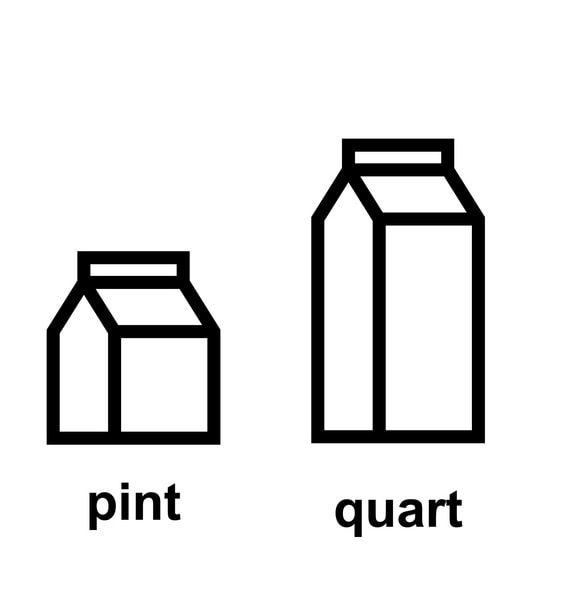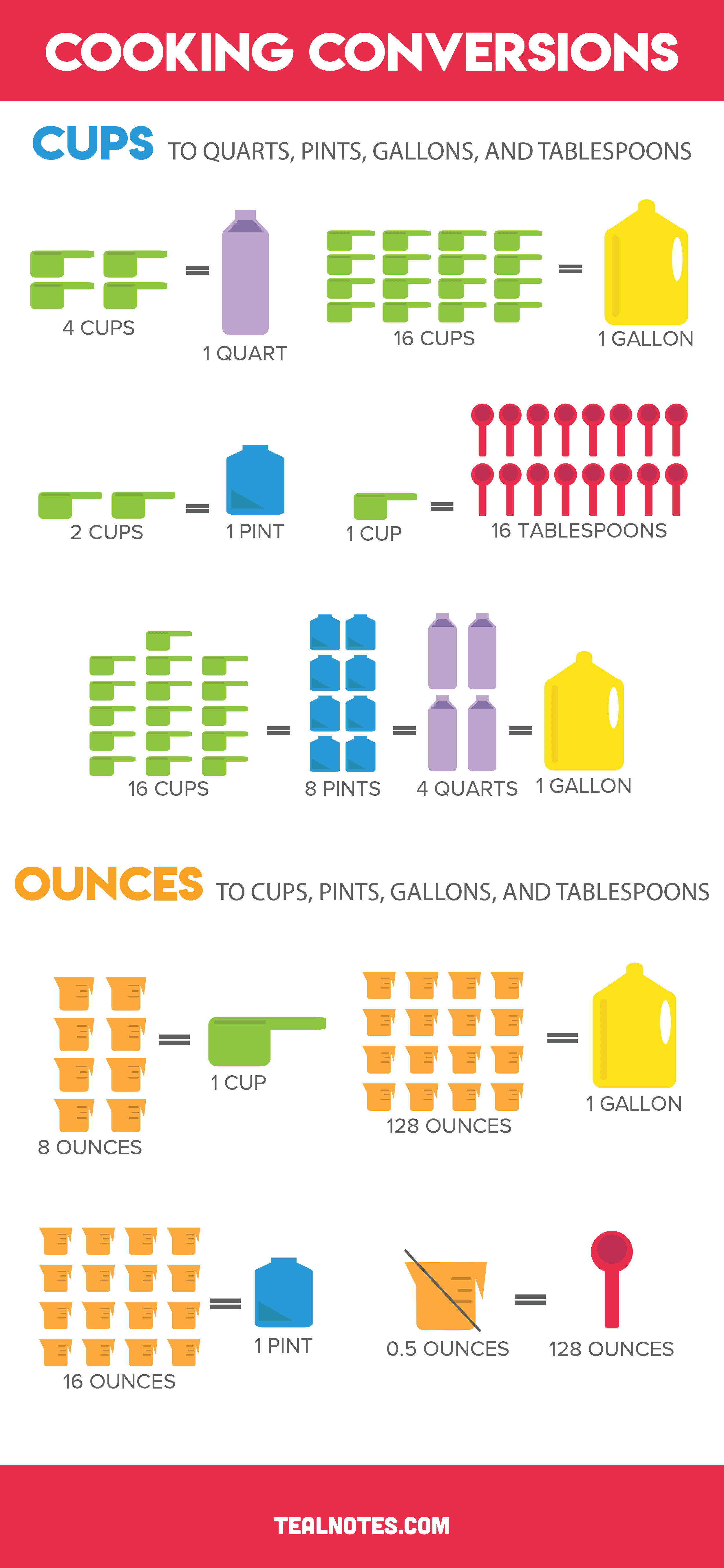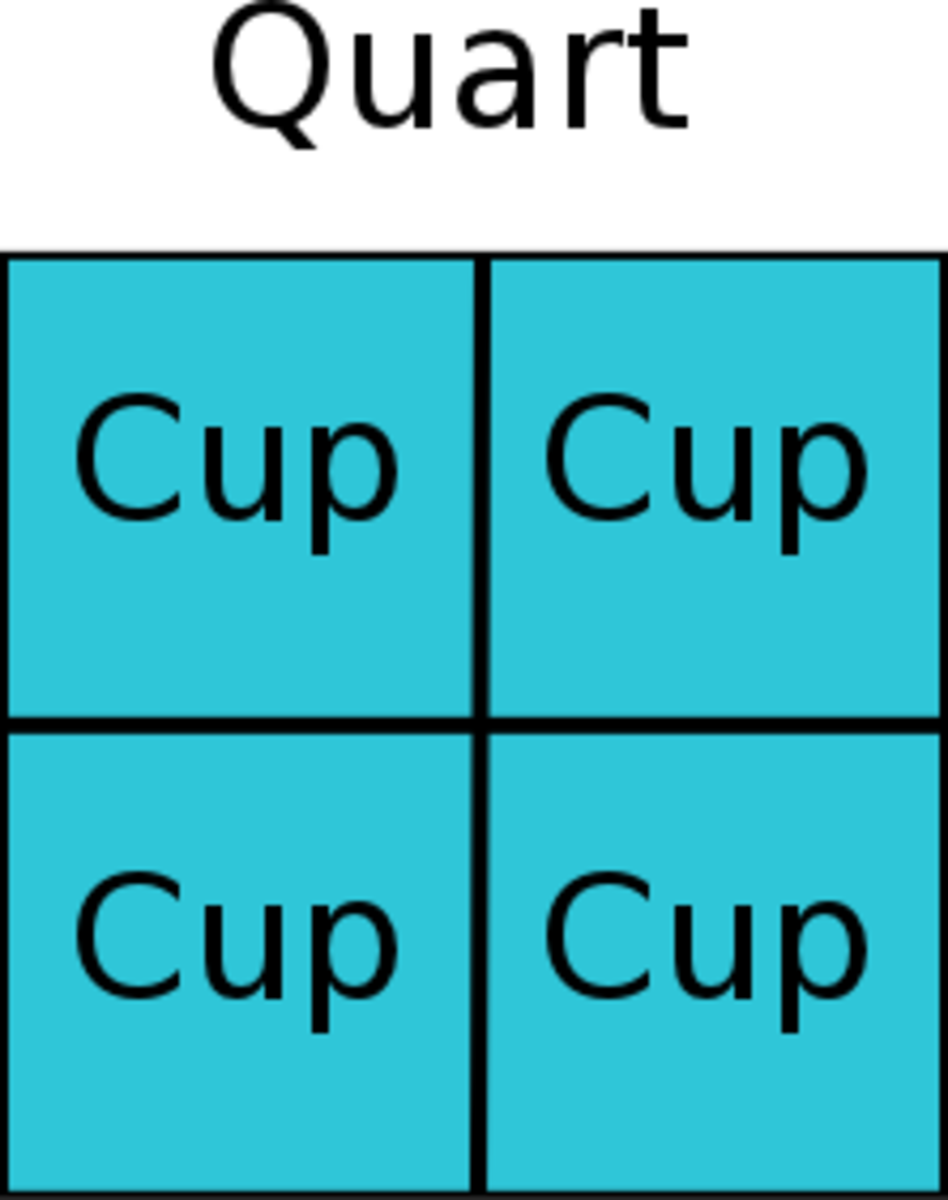Understanding Pints And Quarts: A Comprehensive Guide
Understanding the relationship between pints and quarts is essential for anyone who frequently deals with measurements in cooking, brewing, or any other field that involves liquid quantities. Whether you're measuring ingredients in the kitchen or calculating volumes in a laboratory, knowing how these units relate can save you time and prevent costly errors. This guide will provide an in-depth exploration of pints and quarts, their conversions, and their practical applications.
Pints and quarts are standard units of measurement used in the United States and other countries that follow the imperial system. These units are commonly used in recipes, beverage production, and scientific research. Understanding their relationship not only enhances your knowledge but also simplifies tasks that require precise measurements.
This article will cover everything you need to know about pints and quarts, including their definitions, historical background, conversion methods, and real-world applications. By the end of this guide, you'll have a solid grasp of how these units work together and how to apply them effectively in various scenarios.
Read also:Vittoria Lazzari Etagrave A Comprehensive Look At The Life And Career Of Vittoria Lazzari
Table of Contents:
- Definition of Pints and Quarts
- Historical Background
- Converting Pints to Quarts
- Practical Applications
- Common Mistakes to Avoid
- Tools and Resources for Measurement
- Comparison with Other Units
- Using Pints and Quarts in Recipes
- Applications in Science and Industry
- Tips for Mastering Measurements
Definition of Pints and Quarts
Pints and quarts are units of volume primarily used in the imperial and U.S. customary systems. A pint is defined as one-eighth of a gallon, while a quart is one-quarter of a gallon. These units are closely related, with one quart being equivalent to two pints.
What is a Pint?
A pint is a unit of volume commonly used in the United States and other countries that follow the imperial system. It is equal to 16 fluid ounces or approximately 473 milliliters. Pints are frequently used in cooking, brewing, and packaging liquids such as milk, beer, and soft drinks.
What is a Quart?
A quart is another unit of volume that is twice the size of a pint. It is equal to 32 fluid ounces or approximately 946 milliliters. Quarts are often used for larger quantities, such as storing soups, sauces, and other liquids.
Historical Background
The origins of pints and quarts can be traced back to medieval England, where they were used to measure ale, wine, and other liquids. Over time, these units evolved into standardized measurements that are still in use today. Understanding their historical context provides insight into why they remain relevant in modern times.
- Pints and quarts were first introduced in the 13th century.
- They were standardized during the reign of Queen Elizabeth I.
- Today, they are widely used in the U.S. and other countries that follow the imperial system.
Converting Pints to Quarts
Converting between pints and quarts is a straightforward process. Since one quart equals two pints, you can easily calculate the conversion by dividing the number of pints by two or multiplying the number of quarts by two.
Read also:May 25 Birthdays Celebrating The Lives And Achievements Of Famous Personalities
Step-by-Step Conversion Guide
Here’s how you can convert pints to quarts:
- Identify the number of pints you want to convert.
- Divide the number of pints by two to get the equivalent in quarts.
For example:
- 4 pints = 2 quarts
- 8 pints = 4 quarts
Practical Applications
Pints and quarts are used in a variety of everyday situations, from cooking to scientific research. Understanding their practical applications can help you make better decisions and improve efficiency in various tasks.
In the Kitchen
Chefs and home cooks often use pints and quarts when preparing recipes. For instance, a soup recipe may call for 2 quarts of broth, which is equivalent to 4 pints. Knowing these conversions ensures accurate measurements and consistent results.
In the Laboratory
In scientific settings, precise measurements are critical. Researchers may use pints and quarts when conducting experiments that involve liquids, ensuring that all calculations are accurate and reproducible.
Common Mistakes to Avoid
While pints and quarts are relatively simple to understand, mistakes can still occur. Here are some common errors to watch out for:
- Confusing imperial units with metric units.
- Forgetting the conversion ratio between pints and quarts.
- Using inaccurate measuring tools.
By being aware of these pitfalls, you can avoid errors and ensure accurate measurements in all your projects.
Tools and Resources for Measurement
Having the right tools and resources is essential for accurate measurements. Here are some recommendations:
- Measuring cups and spoons for small quantities.
- Graduated cylinders for precise laboratory measurements.
- Conversion charts and apps for quick reference.
Investing in quality tools and resources will enhance your ability to work with pints and quarts effectively.
Comparison with Other Units
Pints and quarts are just two of many units used to measure volume. Understanding how they compare to other units can provide a broader perspective on measurement systems.
Comparison Table
| Unit | Equivalent in Pints | Equivalent in Quarts |
|---|---|---|
| Gallon | 8 pints | 4 quarts |
| Cup | 0.5 pint | 0.25 quart |
This table provides a quick reference for comparing pints and quarts with other common units of volume.
Using Pints and Quarts in Recipes
Recipes often require precise measurements, and pints and quarts are frequently used in culinary contexts. Here’s an example of how they might appear in a recipe:
Example Recipe: Vegetable Soup
- 2 quarts (4 pints) of vegetable broth
- 1 pint of diced tomatoes
- 1 quart of mixed vegetables
By using pints and quarts, this recipe ensures that all ingredients are measured accurately, resulting in a delicious and well-balanced dish.
Applications in Science and Industry
In scientific and industrial settings, pints and quarts are used for a variety of purposes. For example:
- Chemists may use quarts to measure large volumes of liquids in experiments.
- Breweries often use pints and quarts when producing and packaging beer.
These applications demonstrate the versatility and importance of these units in professional environments.
Tips for Mastering Measurements
To become proficient in working with pints and quarts, consider the following tips:
- Practice converting between units regularly.
- Use reliable measuring tools to ensure accuracy.
- Refer to conversion charts when needed.
By following these tips, you’ll develop a strong understanding of pints and quarts and their practical applications.
Kesimpulan
In conclusion, pints and quarts are essential units of measurement that play a crucial role in various fields, from cooking to scientific research. By understanding their definitions, historical background, and practical applications, you can use them effectively in your daily life and professional work.
We encourage you to share this article with others who may find it helpful and explore more content on our website. Your feedback and questions are always welcome, so feel free to leave a comment below. Together, let’s master the art of measurement and enhance our skills in using pints and quarts!
For further reading, check out our other articles on measurement systems and practical applications in different industries. Happy measuring!


